
Working Toward Mercury-Free Gold Mining for Health and the Environment
Bigeye tuna. Swordfish. King mackerel. They’re all on a U.S. FDA list of fish to avoid for pregnant and breastfeeding women and young children because of high mercury levels, which can cause developmental delays. Overexposure for anyone can lead to problems with the nervous system, digestion, eyesight, and more. Mercury is a naturally occurring element emitted by phenomena like volcanoes, but there are toxic levels in our water, soil, and air caused by preventable human activity such as burning fossil fuels like coal. Another source is one that’s directly connected to Bario Neal’s world: small-scale artisanal gold mining. About 8,000 pounds of mercury is inadvertently released every day by artisanal and small-scale gold miners.

Ultimately, the Bario Neal team wants to see mercury eliminated entirely from gold mining, for global health and the environment. While the many organizations and miners we support work toward that goal, we continue to look for ways to minimize mercury’s use in gold processing and to educate miners and our clients about its dangers.
“We care about what's going on in the entire jewelry industry and throughout our supply chain,” says Anna Bario, Bario Neal Principal + Lead Designer. “We want to educate people about the broader issues connected to the use of mercury in gold mining, and advocate within the industry and beyond for change.”
Bario Neal’s Gold Sourcing
As part of our commitment to ethical and sustainable jewelry making, we use reclaimed metals and Fairmined gold. Reclaimed gold comes from a well-controlled process that doesn’t use mercury. While the Fairmined Standard does limit the use of mercury and guarantee small-scale miners and their communities benefit economically from their work, the certification doesn’t mean mercury wasn't used in processing. When the standard was developed, eliminating mercury entirely from refining was deemed too high of a hurdle.
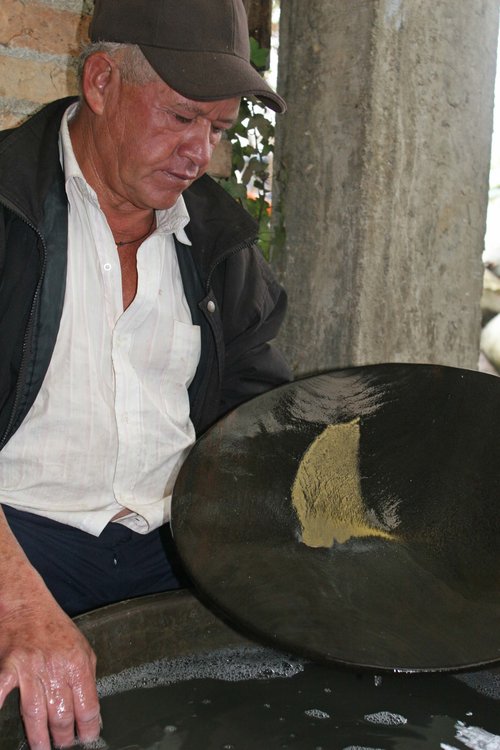
Although the Minamata Convention on Mercury treaty aims to phase out mercury mining globally, mercury isn’t difficult to come by. You can buy it on Amazon. It also happens to be very effective in separating gold from the other ore that gold is found with. The mercury binds to the gold and separates it from the rest of the ore, and miners then burn off the mercury.
Organizations like the Alliance for Responsible Mining (ARM) have been working to educate miners about the dangers of mercury and ways to work as safely as possible with the element. They also seek alternatives for processing that will ensure the sustainability of the artisanal miners’ livelihood.
Bario Neal and nonprofits like ARM don’t want to vilify artisanal miners. In late 2018, ARM warned against countries banning mercury in a way that makes the work of artisanal miners illegal. This is already an economically vulnerable population. According to ARM, “reduce and eliminate” should be the approach rather than “ban and reduce.”
"We want to support artisanal miners,” Anna says. “They are a large workforce, and their communities stand to benefit from metal and gemstone mining. They are looking for economic avenues to support themselves. However, that informal economy also comes with some dangerous practices and educational resources are needed.”
Helping Gold Miners Minimize Mercury Pollution
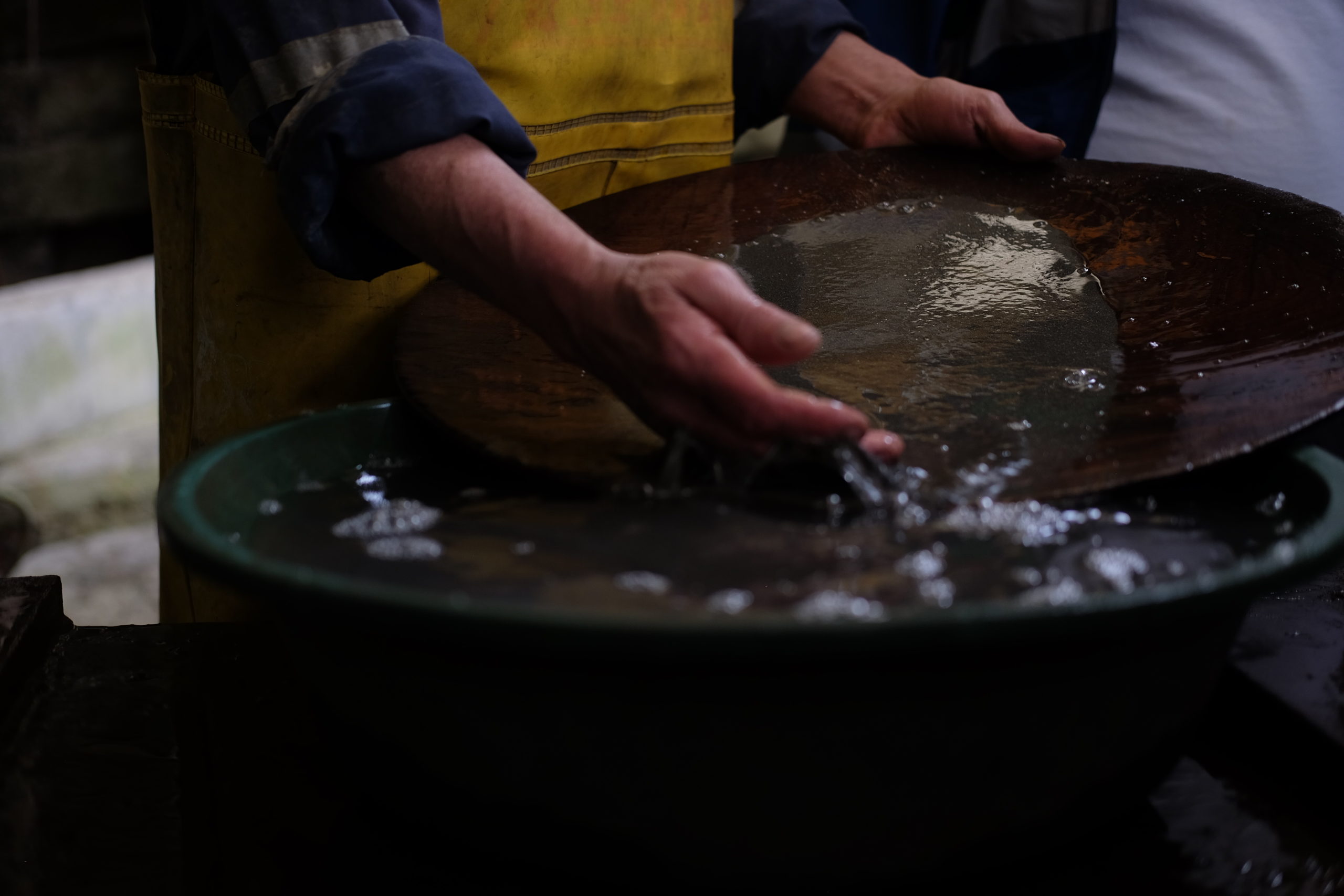
Education should be a priority when it comes to mercury, Anna says, in terms of artisanal miners underst anding the health and environmental consequences of working with the element.
"That's the first challenge because sometimes miners aren't aware of the hidden dangers. It's a toxin that doesn’t always produce an immediate reaction on the skin or make miners feel sick immediately," she says.
Miners may hold mercury in their bare hands or stomp on it with their bare feet to process the gold ore — and then dump the wastewater on the ground or in a river — because the process is effective and that’s the method they learned. They absorb mercury into their bloodstream through their skin. Miners and their surrounding community may breathe in the vapors of the burning mercury. According to the World Health Organization, the health impacts of this exposure can include headaches, tremors, loss of balance and memory, kidney failure and, in children, impaired brain development. Mercury exposure can even be fatal.
In addition to threatening the health of artisanal miners and their communities, the use of mercury in gold mining has been devastating to the natural environment. The Amazon gold rush has contributed to the destruction of the Amazon River Basin and its watershed. Although the use of mercury is connected to unlicensed gold mining in many Latin American countries, the problem is particularly acute in Peru. The country has poisoned waterways. Human trafficking and indentured labor also occur in these operations. According to a report in the New York Times, “without help, some experts say, the areas [the miners] leave behind — robbed of all topsoil and loaded with mercury — could take 500 years to recover.” However, gold mining has become more lucrative in Peru than cocaine, so spreading the word about the impacts on the environment and health of communities is crucial. “River of Gold” is a film that has helped to raise awareness and, hopefully, build global will to reduce the use of mercury in gold mining. The documentary starkly depicts the damage to the jungles of Peru, along with its biodiversity.
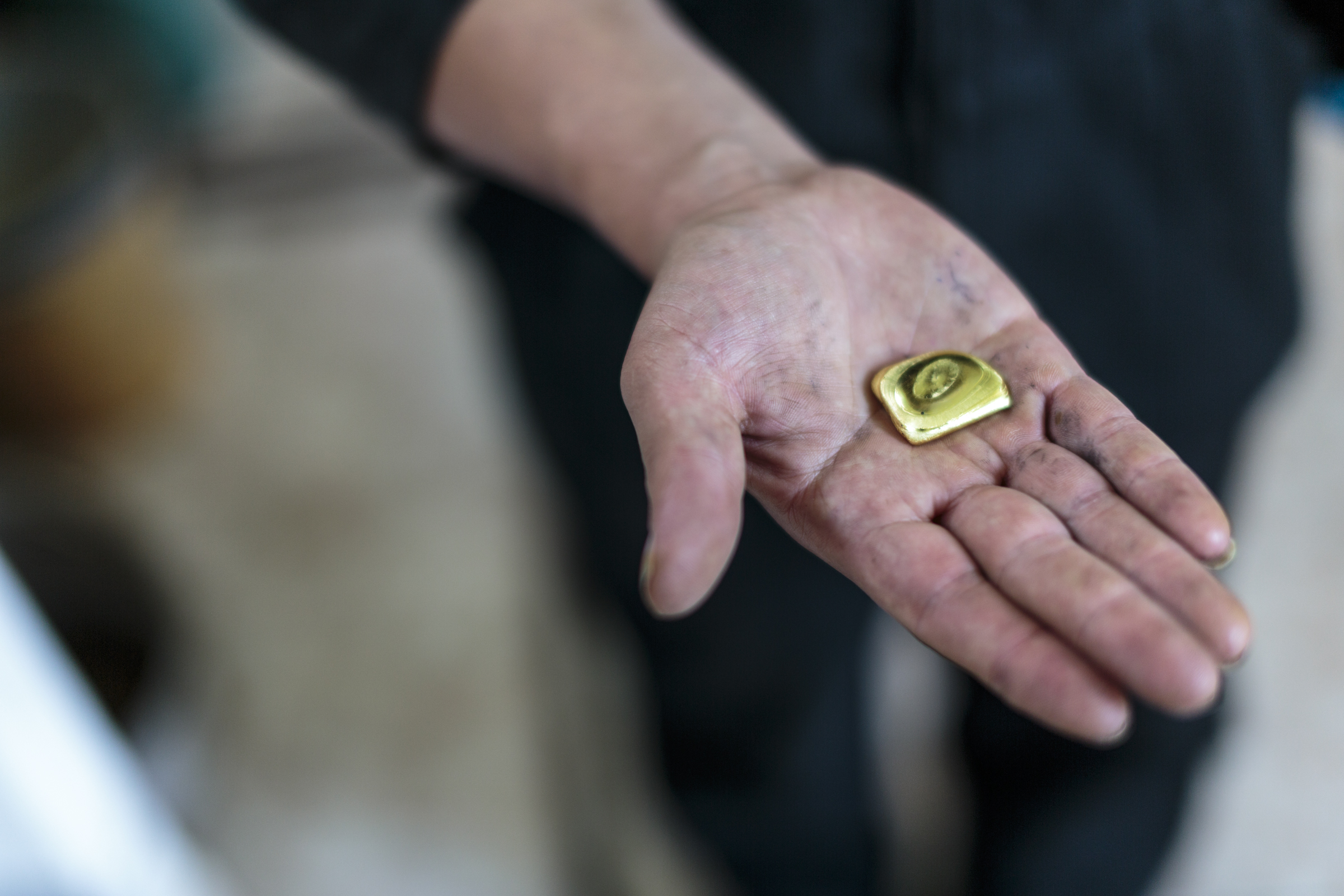
There are miners who have recognized mercury’s risks and made changes. In 2015, Anna saw firsthand how a Fairmined gold cooperative in Colombia was capturing most of the mercury vapors emitted during processing by using a simple technology called a retort. The retort is a small metal machine (one model looks like a small dog) that provides a controlled chamber where the mercury burn-off can happen so that miners don't breathe in the toxic output. The vapors are converted back to liquid mercury that can be used again to process ore, which can mean minimizing the amount of mercury at a mining site overall.
"It's very low tech and very accessible," Anna says. "It was pretty amazing. All of the mercury that they used in the entire processing plant didn’t even fill a small bottle the size of an herb jar.” Even a small amount of mercury is potent and incredibly long-lasting in the environment but, Anna adds, this is progress.
The Mercury Free Mining Challenge is a program aimed at reducing mercury in mining. There’s a cash prize on the line for inventors who can come up with viable alternatives for artisanal miners. “The Challenge is a very innovative way to solve a very complex problem that's also a very solvable problem and a very global problem,” Anna says.
Supporting Artisanal Gold Miners
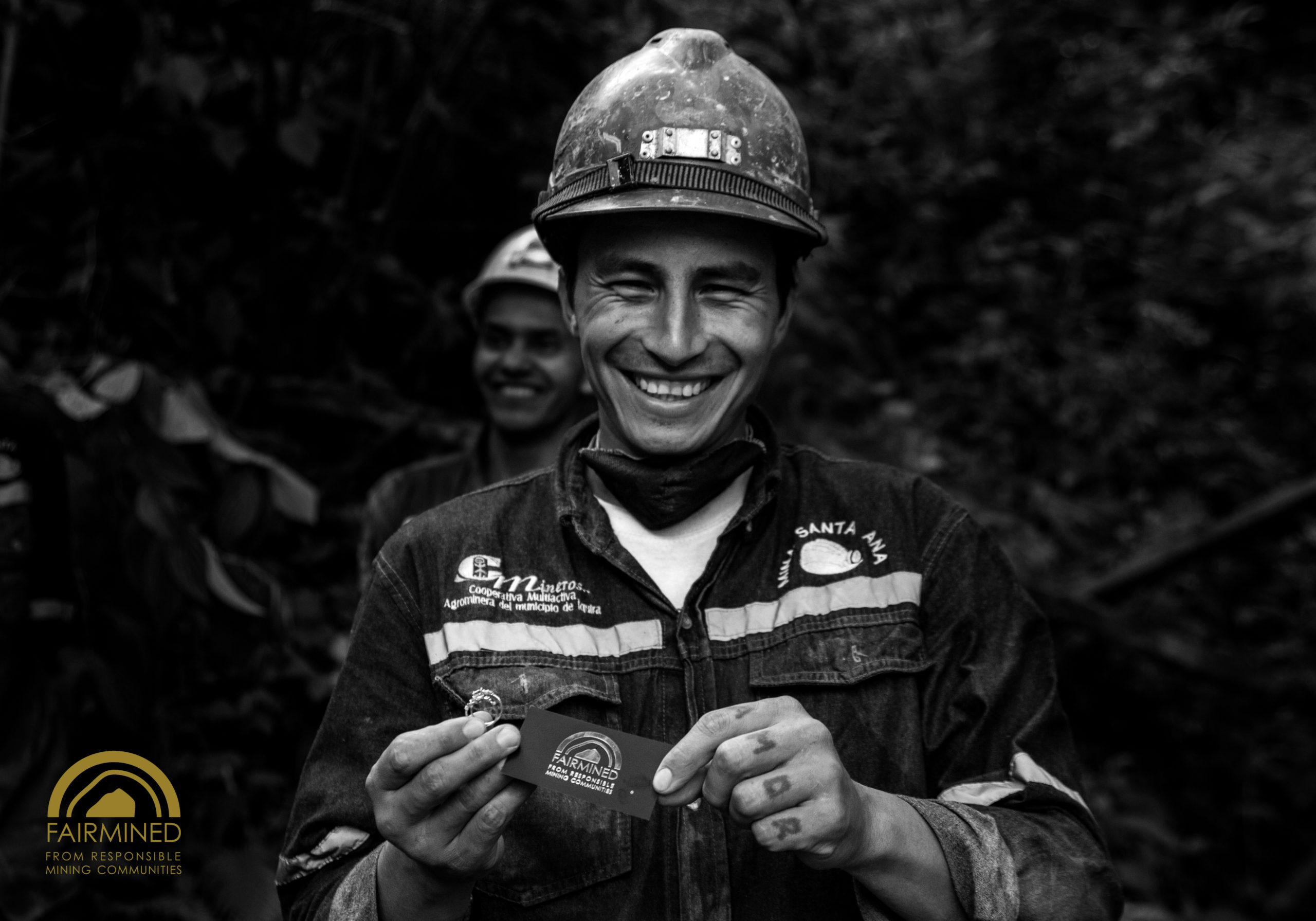
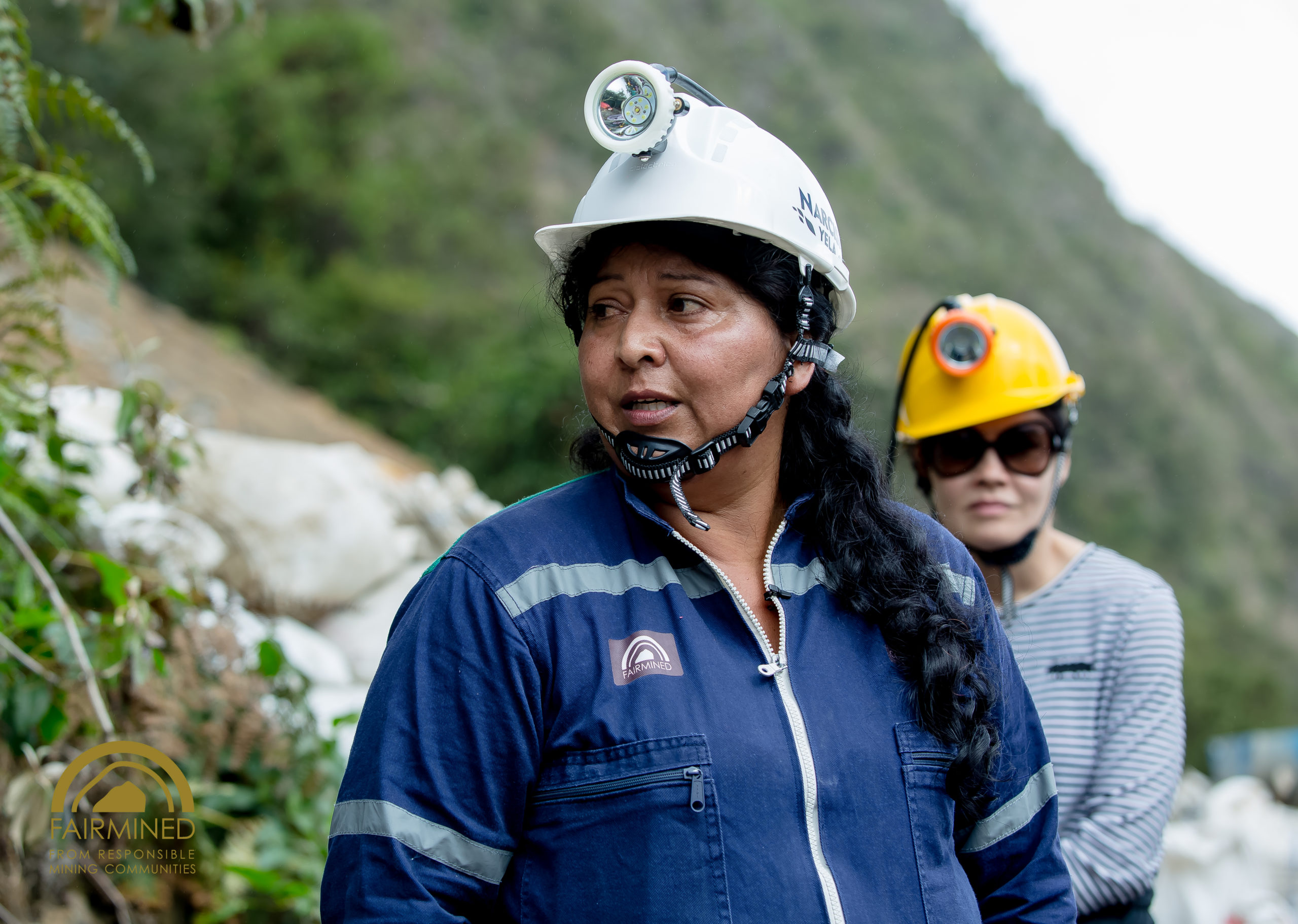
Bario Neal works with and donates to several organizations that focus on training miners in safer practices and raising awareness about health and environmental risks associated with using mercury, including Pure Earth, the Mercury Free Mining Challenge, and the Better Without Mercury project.
The nonprofits Pure Earth, PACT, and the Alliance for Responsible Mining work with artisanal mining communities around the world to educate miners about mercury and promote mercury abatement. PACT’s Mines to Markets is in 12 countries and works with government, industry, and miners to make artisanal and small-scale mining safer. Pure Earth has analyzed more than 3,000 sites contaminated with mercury in an effort to promote remediation, and created a guide so anyone can follow the process.
Buying a gold ring, necklace or earrings from a jeweler like Bario Neal that prioritizes ethical and environmentally friendly sources for metals and gemstones is one way you can be part of the mercury-free mining solution. If you’re inspired to act today or looking to celebrate Earth Day on April 22 in a meaningful way, Anna has another idea for you. In 2018, she saw miner Rolberto Alvarez, of Colombia, speak at the Chicago Responsible Jewelry Conference. Alvarez is part of a gold miners cooperative, La Fortaleza, that stopped using mercury in processing in 2017. They want to clean up their site, which will cost an estimated $65,000. “This is an amazing project. They’ve become an example for other mines in South America,” Anna says. “We’re supporting this and encourage others to do the same.” You can donate to them here. Or give your ongoing support to the miners who are working to change their industry by buying Fairmined gold when shopping at Bario Neal.